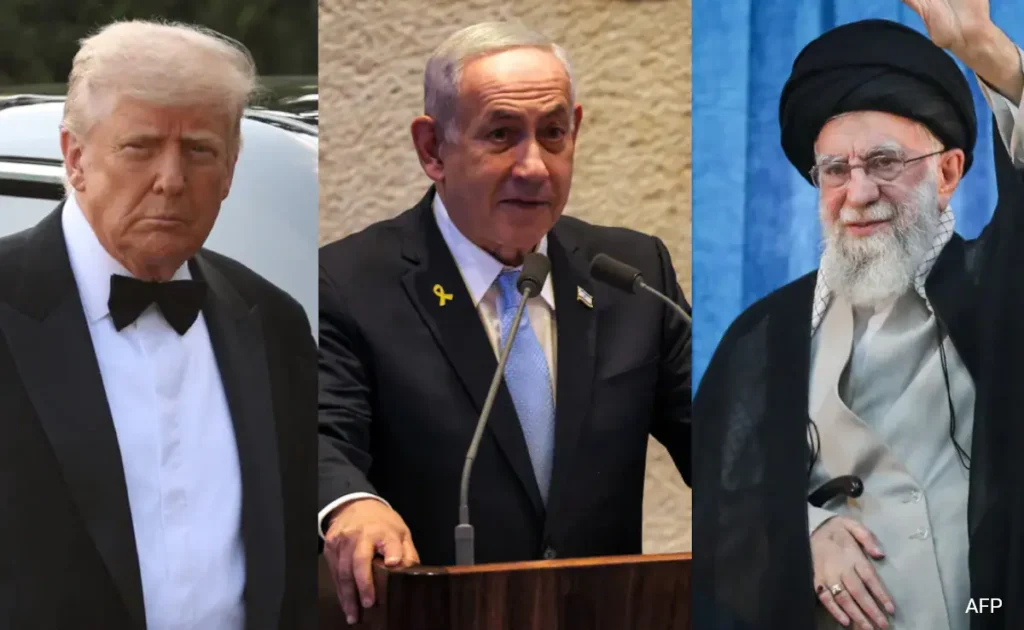In June 2025, a ceasefire between Israel and Iran, mediated by U.S. President Donald Trump, marked a pivotal moment in Middle East diplomacy after a 12-day conflict. The United States’ approach to this ceasefire defines a confluence of strategic interests, regional influence, and domestic political interests, revealed through its public statements, actions, and intelligence assessments.
The conflict began on June 13, 2025, when Israel initiated a surprise air campaign, Operation Rising Lion, aimed at Iran’s nuclear and ballistic missile programs. The United States joined the Israeli air campaign with twin bunker buster bombs dropped on Iran’s nuclear facilities, including one at the Fordo site. The intent of the U.S. operation was to disrupt Iran’s nuclear capabilities, thereby reducing the possibility of a nuclear weapon in the future. Following this bombing, President Trump stated that the strikes “obliterated” Iran’s nuclear capabilities, something Israeli officials have almost universally agreed with when they claimed the attacks set back Iran’s program for years. In contrast, a classified U.S. Defense Intelligence Agency assessment stated that the air offensive would only delay Iran’s nuclear programs for several months by revealing that although Iran lost more than 100,000 enriched uranium in the bombing, the U.S and Israel were surprised that the air campaign did not repel infrastructure upgrades at Iran’s critical underground facilities.
The ceasefire was announced on June 23, 2025, by President Donald Trump. The ceasefire took effect over 24 hours, which allowed both sides to finish military operations already in progress. Trump mediated the ceasefire with the help of Qatar, and began the negotiations to end hostilities after Iran retaliated against the missile strikes on Israeli cities and a U.S. airbase in Qatar. Despite some brief violations of the ceasefire Israel claimed Iran launched missiles after the ceasefire took effect, while Iran denied this and claimed Israel attacked Tehran. Trump’s intervention directly with Israel after a phone call with Prime Minister Benjamin Netanyahu allowed the ceasefire to hold. Both sides agreed to the ceasefire conditionally, as Israel’s Defense Minister Israel Katz and Iran’s President Masoud Pezeshkian stated they will uphold the ceasefire if the other side upholds it.
Broader implications of the ceasefire also impact world markets: oil prices fell as investors reacted to a lower perceived risk of disruptions in supply traveling through the Strait of Hormuz. In the U.S., while Trump faced criticism from Republicans like Representative Thomas Massie for not seeking congressional approval for the strikes, others, like House Speaker Mike Johnson defended his actions as consistent with his authority.
The overall U.S. position is to establish military power in a way that is pragmatic to regional diplomacy, to sustain regional stability, while balancing arguments for success and skepticism about Iran’s potential nuclear ambitions.

